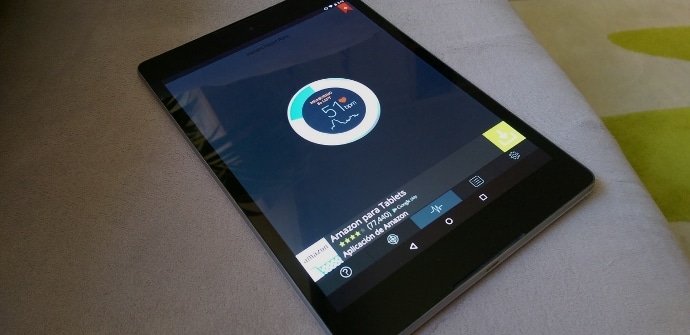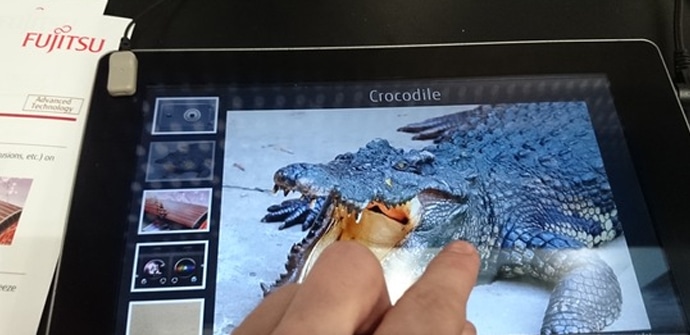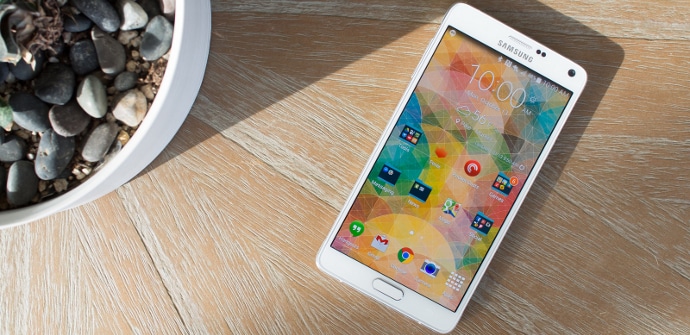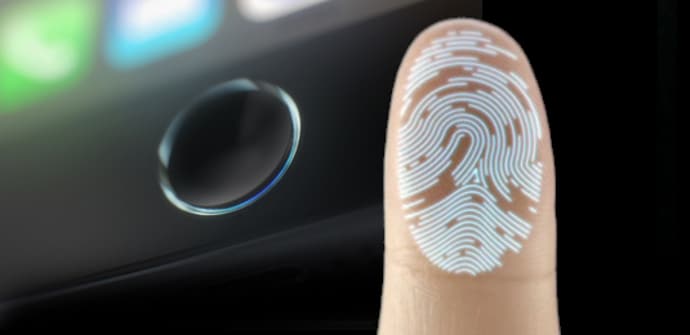
As we have mentioned on other occasions, tablets and smartphones are increasingly sophisticated devices that allow us to enjoy a large number of functions. However, this result is the sum of a large number of processes that are executed thanks to a variety of components that cannot function separately and that, despite being unknown to a large number of users and at first glance, seem not to be important, in many cases they are essential to improve the user experience and offer adequate performance to our needs.
Previously we have talked about some elements that make up the internal architecture of these media such as processors or the battery. However, there are other pieces such as sensors, some components invisible at first glance but with a very important role. Below we present some of those that we can find on our devices and we will tell you what their tasks are and how they affect the correct functioning of the terminals.

1. Infrared
The Protagonism higher in smartphones that in tablets, this element has returned with force after a few years fallen into oblivion and the appearance of new forms of content transmission, such as through WiFi networks and messaging apps. Currently, a large part of the brands market models with this component, which, however, is currently not very useful. Its most widespread uses are in the remote control from other media.
2. Proximity sensor
In most cases, the help of the infrared radiation to detect the closest objects. Its base is very simple, it intercepts everything around it calculating the time it takes for the (invisible) lightning to return to its place of origin after bouncing off the obstacles it encounters. It is very useful, since it can measure distance appropriate to which we place the ear when making calls by turning it off to prevent other tasks from being executed while we talk.

3. Gyroscope
It has several functions among which we highlight that, on the one hand, it calculates the vibrations of our vocal cords while we talk and on the other, and more importantly, it captures andl angular movement to which we subject the devices to tilt them towards some direction. He is responsible for ensuring that we can enjoy our terminals both horizontally and vertically to adapt them as best as possible to the tasks we carry out at all times.
4. Light sensor
Its operation allows our terminals to emit a quantity of gloss determined on the screen, adjusting it to the conditions of the environment in which we find ourselves. It is also very useful not only when it comes to handling them in dark environments among others, but also has a positive effect on saving the battery derived from a lower consumption when calculate automatically the luminosity emitted by the panels.

5. Accelerometer
It complements the gyroscope although it is less precise That this. Take action by change orientation vertical or horizontal of the devices and also when running some applications and games. An outstanding feature that incorporates in portable stands is the fact that it is capable of measuring internal temperature increases or changes as a consequence of the simultaneous execution of several tasks.
Useful sensors with GPS
On the other hand, we can find another series of elements that have a positive impact only in some cases, such as when running applications that require the use of the GPS. Among the most prominent are the barometer, which is not as generalized as those mentioned above and which allows calculating not only the atmospheric pressure, but also the altitude at which we are, the magnetometer, which also helps orientation and is essential for the functioning of the compass in those terminals that have it, and the thermometer, capable of measuring both the temperature inside the device and the environment in which it is located.

Biometric sensors
Finally, we talk about these last components that are very useful for those who use their terminals when making sport. These types of sensors have become popular in recent years and make up some highlights such as the pedometer, which calculates our steps, the heart rate meter, which calculates the speed of our heartbeats by placing the finger on the screen of tablets or smartphones, and finally, the fingerprint reader fingerprint, which is experiencing a significant boom thanks to its advantages as a lock pattern and security measure that is difficult to beat.

As we have seen, there are a large number of sensors that facilitate our day-to-day life and that do a great job when it comes to getting the most out of our devices, whether to enjoy leisure moments or when playing sports or protect them against hacker threats. After knowing some of these elements, do you think they have a really useful function or do you think that many of them can be dispensed with and that their presence does not have much impact on the overall result of the terminals they can offer us? You have available information related to other internal elements of our tablets and smartphones, such as the most common failures derived from excessive use and longevity so that you can know what problems affect these supports.